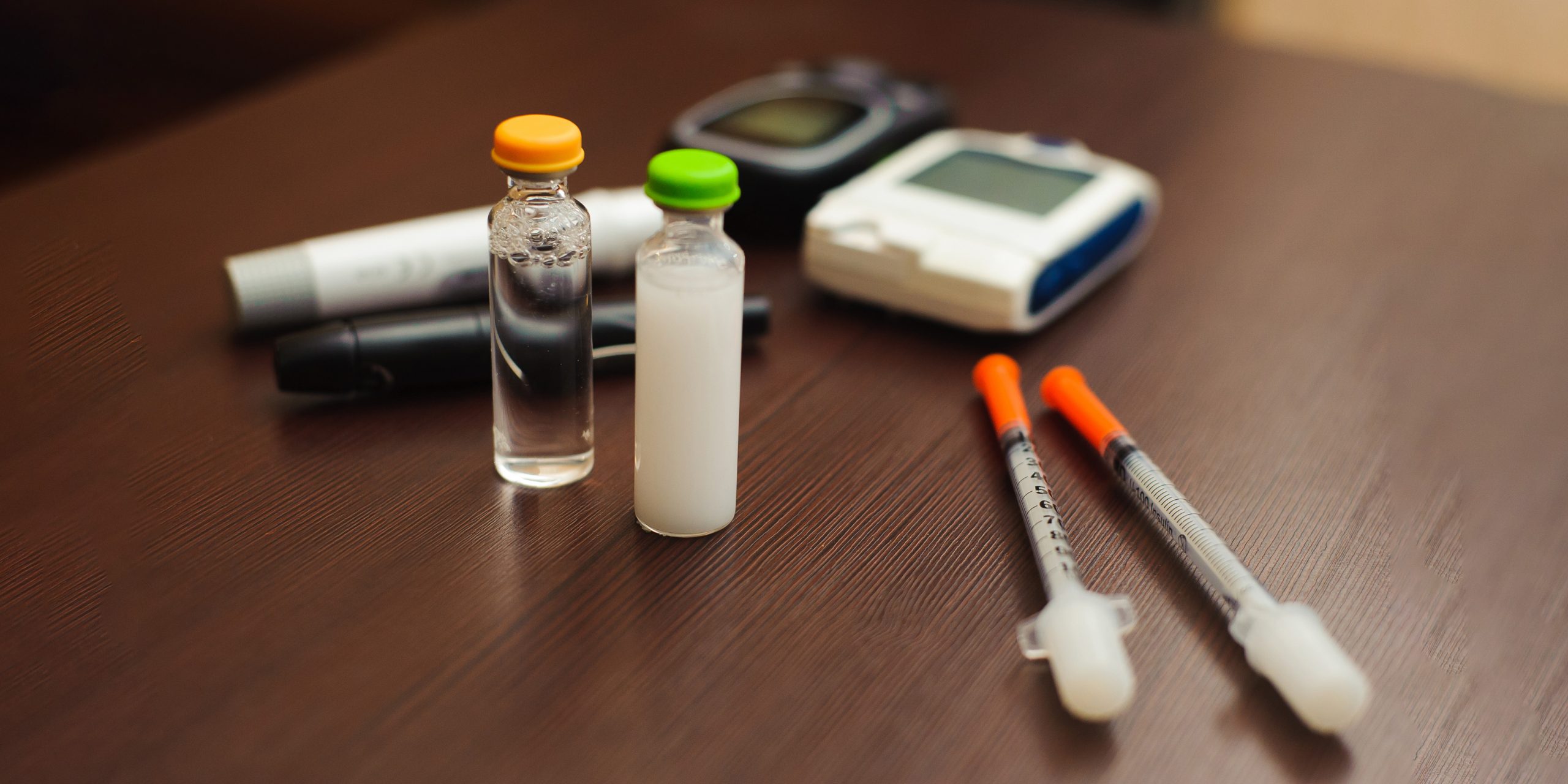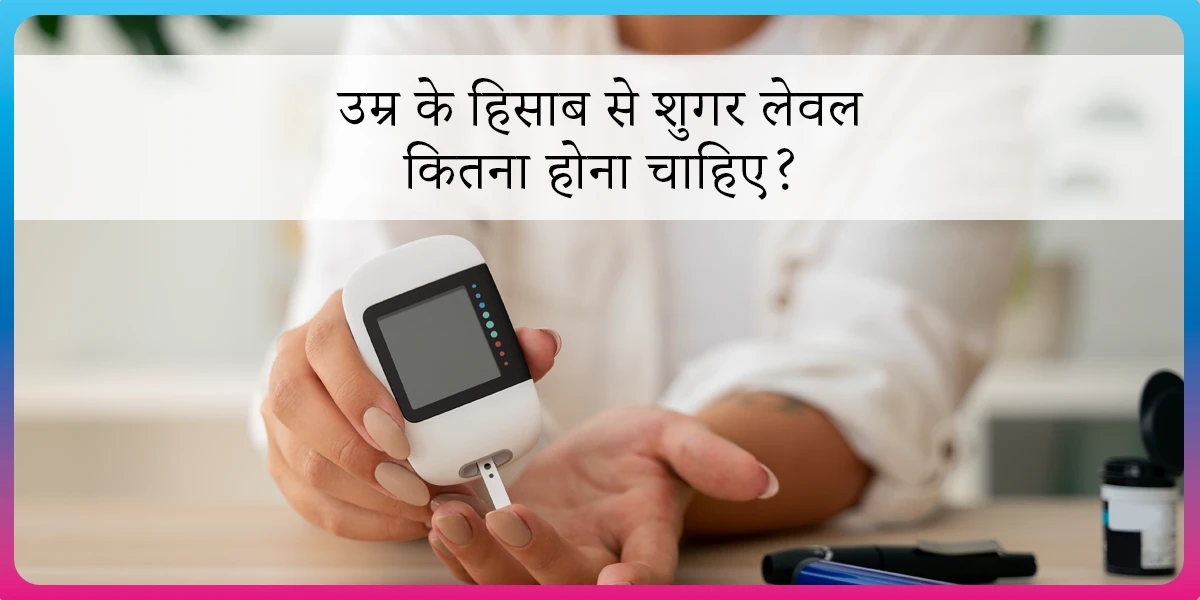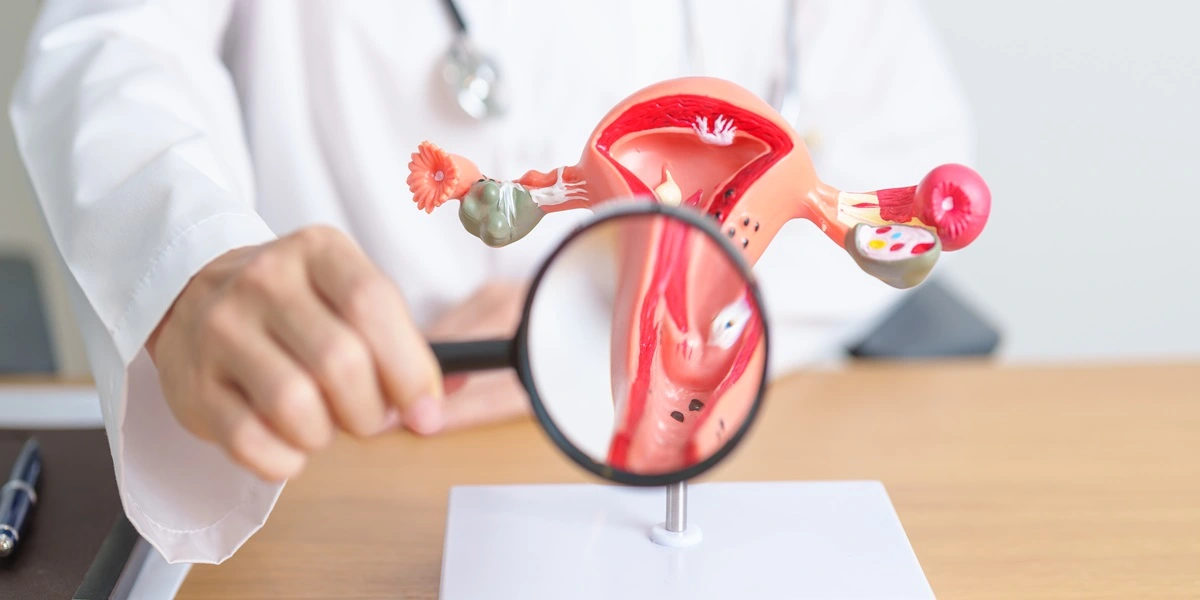Understanding Insulin Pumps: A Comprehensive Guide to Types and Uses

Insulin is a hormone produced by the pancreas that helps your body control the level of glucose (sugar) in your blood. If you have diabetes, your body either isn’t creating enough insulin or is unable to effectively use the insulin that it is producing.
This is when Insulin Pumps come into the picture. An insulin pump is a small, computerized device about the size of a beeper that one wears on their belt or keeps in their pocket. The pump stores and delivers insulin through a thin plastic tube (catheter) that goes under the skin.
These small devices are indeed revolutionizing diabetes management by delivering insulin in a continuous and personalized way. But with so many types and features, it can be overwhelming to choose the right one.
That’s why the Fitterfly Healthcare Team has created this comprehensive guide to understanding insulin pumps, so you can make an informed decision about which pump is best suited for your needs.
From different pump styles to advanced technology options, we’ll cover all aspects of these powerful tools that are transforming the lives of people with diabetes worldwide.
What is an insulin pump used for?
An insulin pump is a small, computerized device that delivers insulin directly into your body through a tiny flexible tube (catheter) inserted just under the skin. However these pumps are not yet approved for use in children under age 6.
You can program the pump to give you small, continuous doses of insulin throughout the day and night – this is called a basal rate. The pump also gives you extra insulin when you eat – this is called a bolus.
Most people who use these pumps still need to take some rapid-acting insulin by injection for high blood sugar levels that can happen unexpectedly (called corrections) or before meals.
But do note, it is very important to strictly follow your doctor’s advice when on pump therapy and to continue regular follow ups.
Difference Between Traditional Insulin Pump Vs Patch Pump?
The main difference between traditional pumps and patch pumps is the delivery method. Traditional pumps deliver insulin through a small tube (catheter) that is inserted under the skin, while patch pumps deliver insulin through a small patch that is placed on the skin.
Patch pumps are newer and may be more comfortable for some people to use, but they both essentially work in the same way.
Traditional pumps can be worn anywhere on the body, but are typically worn on the hip or buttocks. Patch pumps are worn on the abdomen. Both types of pump come with a small device (pump) that is about the size of a deck of cards, and a reservoir of insulin that is attached to the pump.
The pump delivers a continuous stream of insulin throughout the day, and can also give you a bolus (a large dose) of insulin when needed, such as before meals or if your blood sugar is high.
Both traditional and patch pumps require frequent changing of the reservoirs (usually every 2-3 days), and both require regular injections of “rapid-acting” insulin at mealtimes and when needed for high blood sugar.
Advantages of an insulin pump
Some of the other advantages of using a pump include:
1) Fewer Jabs
Implanting a catheter for an insulin pump can be more complicated than giving a single injection. However the advantage of these pumps is that you have to do it far less frequently than you would need to give an injection. It also means that you do not need to take an injection after every meal.
2) Administer insulin as required
It is simpler and painless to administer extra insulin as and when it is required because the cannula remains implanted. Simply push a few buttons, and you’re done; there’s no need to go through the injection process.
3) Have different basal rates at different times of day
An important benefit of an insulin pump is the ability to programme it to administer different amounts of insulin through the day. With a pump, you can alter your nighttime basal and daytime basal dose based on your blood glucose levels.
4) Flexibility when it comes to food
With a pump, providing insulin is easier, giving you more flexibility when it comes to mealtimes. This flexibility helps to manage your blood sugar levels in events when you indulge in foods that can cause an upsurge in their blood glucose levels.
5) Ease to choose the exercise
The pumps provide you with the ease of choosing your exercise. If you wish to indulge in high intensity exercise you can easily lower the basal dose to reduce your risk of developing hypoglycemia.
Don’t struggle alone & get the expert care you deserve

6) Increased blood glucose control
The flexibility of the pumps to adjust the administration of insulin helps in managing blood glucose levels helps to provide increased blood glucose control.
7) Minimizes the risk of severe hypoglycaemia
Pumps are also associated with a lower probability of experiencing a severe hypoglycemia. Maybe because they need less advance planning than injections do.
Risks of an insulin pump
Insulin pumps are generally considered safe and effective for people with diabetes, but as with any medical device, there are some risks involved. Some of the risks associated with these pumps include:
1) Hypoglycemia
Insulin pumps deliver a continuous flow of insulin, which can increase the risk of hypoglycemia (low blood sugar) if the insulin dosage is too high or the pump malfunctions.
2) Hyperglycemia
If the insulin dosage is too low, it can result in high blood sugar levels (hyperglycemia), which can lead to long-term complications such as nerve damage, kidney damage, and eye damage.
3) Pump malfunction
Insulin pumps are electronic devices that can malfunction due to technical problems or user error. Malfunctions can lead to either too much or too little insulin being delivered.
4) Infection
The insertion site for the Insulin pump can become infected if not properly cleaned and maintained.
5) Skin irritation
Some people may experience skin irritation or other allergic reactions at the site where the pump is attached.
6) Pump failure during exercise or swimming
Sometimes the Insulin pumps may fail during physical activities such as exercise or swimming due to moisture or impact.
It is important for people using pumps to be aware of these risks and to work closely with their healthcare team to minimize them. Regular monitoring of blood sugar levels and frequent communication with healthcare providers can help to detect and address any issues that arise.
FitterTake
Insulin pumps have helped to efficiently manage blood glucose levels in several people with diabetes. Just like any medical device, insulin pumps too have their own advantages and disadvantages. We hope that the above article has been helpful in educating you about the advantages and disadvantages of pumps. Do consult your doctor before deciding the best option for you.
Along with that you can also reach out to us. We have a panel of experts and medical professionals who can help you manage your blood glucose levels efficiently. Our trusted and scientifically proven diabetes control program, Fitterfly’s Diabetes Care Program has helped several people in India and can help you too. Through our holistic approach, our team of dieticians, physiotherapists and success coaches will put together a personalized plan for you.
You are not alone in this. We understand your condition and want to help you. Do reach out to us 022-48971077
This blog provides general information for educational and informational purposes only and shouldn't be seen as professional advice.
Don’t struggle alone & get the expert care you deserve





















